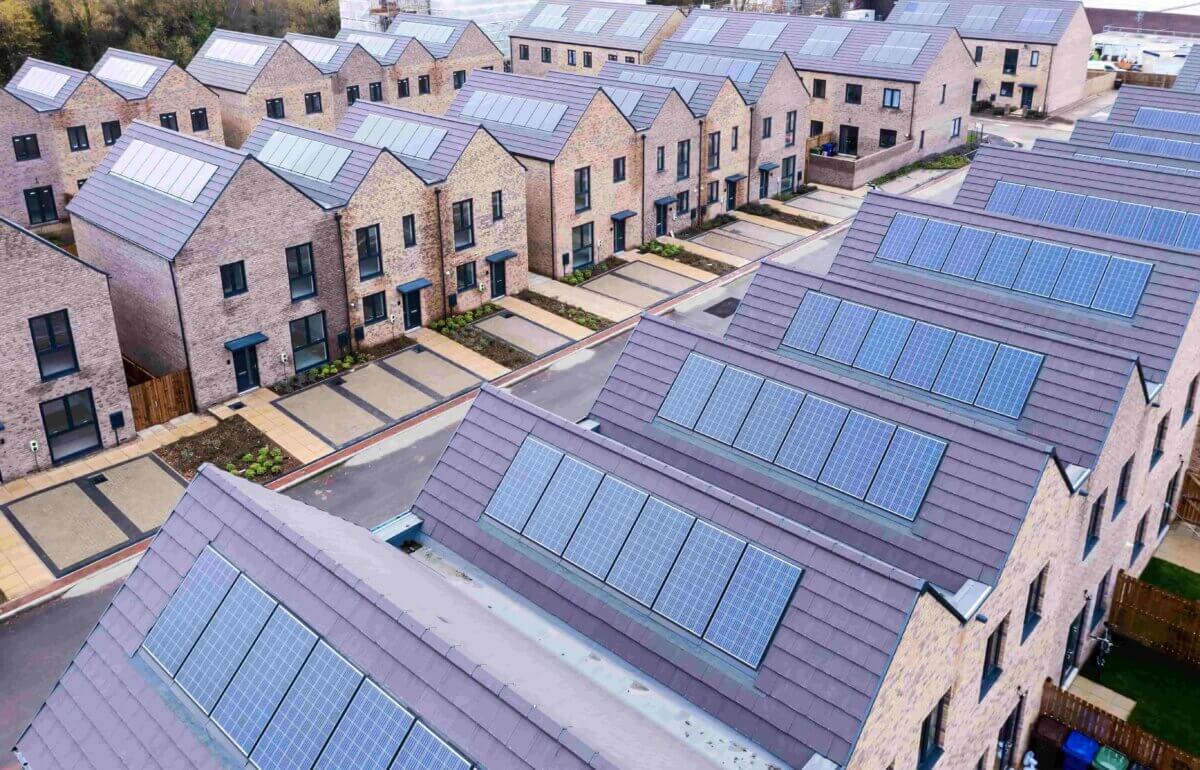On the verge of a green, global revolution

Following our December Board meeting, non-executive director Alison Vipond shares her thoughts on the COP21 Paris Agreement…
At long last, after decades of discussion, the world is on the path to a low carbon system. The Paris climate agreement is a major turning point for humanity.
In summary, the United Nations agreement reached in Paris commits to:
- Keep global temperature increase well below 2 degrees and to pursue efforts to limit it to 1.5 degrees
- Achieve a balance between anthropogenic emissions by sources and removals by sinks of greenhouse gases in the second half of this century (net ‘carbon neutrality’)
- Review progress every 5 years and raise ambition towards meeting the long term temperature goal
- $100 billion a year in climate finance for developing countries by 2020 and a commitment to further finance in the future
- Support to help vulnerable countries deal with climate damages.
Governments knew that failure at the Paris talks was not an option. Momentum, hope and optimism have been building. Global climate marches in the run up to Paris were a visible demonstration of the passion of ordinary people for real action on climate change. And the extreme weather experienced around the world this year, including the flooding in this country, gave a sharp reality check to the kind of devastation that climate change can bring.
The Paris agreement is a triumph of global cooperation, but above all is a massive relief. It feels like the world has been holding its breath for decades. Now at last, governments are truly listening to the scientific experts and to public opinion, and are rising to the massive challenge of decarbonisation.
Now that we have breathed that huge sigh of relief, we need to keep the momentum and work out how we are really going to achieve a low carbon economy, and how we are going to limit the global temperature rise. We are on the verge of a great, green, global revolution. And it’s exciting.
In the run up to Paris, we were hopeful that Governments would agree to limit warming to 2 degrees. So their aim to limit warming to 1.5 degrees was a very welcome surprise. Half a degree makes a massive difference. The science predicts climate impacts (sea level rise, heat extremes, crop failures, water scarcity, flooding, and ecological devastation) rise significantly between 1.5 and 2 degrees.
Is 1.5 degrees achievable? The 2 trillion tonnes of carbon dioxide that have been emitted so far have committed the world to warming by about 1 degree, and the temperature is currently increasing at almost 0.2 degree per decade. If we limit net future emission to another trillion tonnes, that gets us close to 1.5 degrees of warming due to carbon dioxide alone. Methane (largely emitted from animal agriculture) will add at least another 0.5 degrees of warming taking the total to 2 degrees. The science indicates it might be possible for the global temperature to overshoot 1.5 degrees but still be able to return below it by 2100, if emissions are cut rapidly. So there is hope, but we need to act fast.
The Intended National Determined Contributions (INDCs) which have already been pledged by nations would actually only limit global warming to 2.7 degrees. With that, the world would fry. But fortunately, the Paris agreement has a ratchet mechanism of increasingly ambitious INDCs which would deliver a temperature close to 1.5 degrees by 2100. This demonstrates the world is committed to cranking up the ambition, and is a really positive outcome from Paris. Encouragingly, implementation of INDCs will mean that renewables will make up 78% of new power generation investment to 2030 in major economies.
Making the rapid, global transition to a low carbon economy needs unprecedented innovation, new infrastructure and a massive change in societal behaviour. We need to fully embrace renewable energy, zero carbon transport (including aviation and shipping), energy efficiency in business and housing, low carbon heating and cooling systems, and a more sustainable and efficient agriculture. We also need to remove large amounts of carbon dioxide from the atmosphere – both through engineered carbon capture and storage and afforestation. There is a lot to do, but the Paris agreement gives a strong signal needed to drive green innovation.
In my next blog, I’ll reflect on the transition to a low carbon economy, with a special focus on the recent evolution in UK energy policy.


